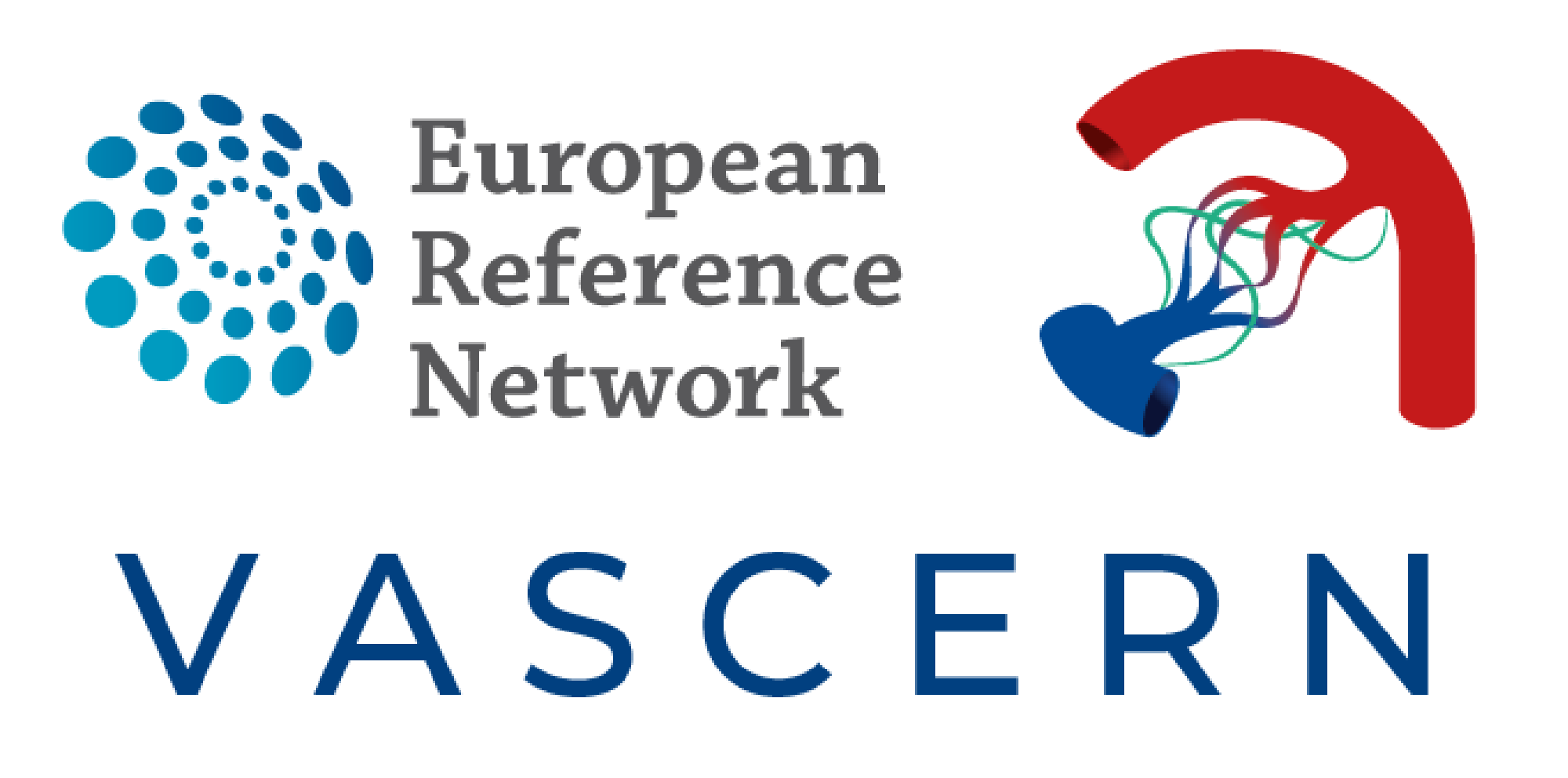Structure & Governance
VASCERN is structured around key decision-making bodies that work together to guide activities, implement goals, and ensure patient-centred care across Europe. These bodies guide VASCERN’s activities, oversee governance, and support collaboration among healthcare providers, researchers, and patient representatives across Europe.
For full details, you can refer to the VASCERN Terms of Reference (October 2024).
Below is an overview of the different components of VASCERN governance, including leadership, working groups, and patient involvement. Click on each section to learn more about its role, responsibilities, and members:
- What it does: The Board is the main decision-making body of VASCERN. It approves key documents such as the Terms of Reference, action plans, budgets, and the annual activity report. It also oversees strategic development and ensures alignment with European Reference Network (ERN) policies.
- Who is involved: Each healthcare provider (HCP) member of the network has a representative and a substitute on the Board. Patient voices are central, with the ePAG (European Patient Advocacy Group) Chair and six ePAG Co-Chairs as representatives.
- How it works: The Board meets face-to-face once a year. Decisions are made by consensus, but a vote can be taken if needed. In cases of a tie, the Coordinator has the deciding vote.
- What it does: The Assembly creates a platform for wider participation, allowing for discussions involving more HCP members and patient organisations.
- Who is involved: HCP representatives, affiliated partners, and patient representatives. The number of participants is limited by the available budget.
- How it works: The Assembly meets once a year during the Board’s annual meeting to foster broader representation and networking.
- What it does: The Council handles day-to-day operational decisions, ensuring the action plan is implemented effectively. It reports to the Board and provides feedback to the working groups.
- Who is involved: Members include the Coordinator, Project Manager, and Chairs of the Rare Disease and Technical Transversal Working Groups (Ethics and Registries), alongside the ePAG Chair.
- How it works: The Council meets virtually every four months or more frequently if required. Decisions are made by consensus, with the Coordinator holding the deciding vote when necessary.
VASCERN’s activities are carried out through its working groups, which focus on specific diseases and cross-cutting themes.
- Rare Disease Working Groups (RDWGs): These groups specialise in specific rare vascular diseases, developing guidelines, registries, and best practices. Each group is led by a Chair, Co-Chair, and includes patient representatives.
- Transversal Working Groups (TWGs): These address broader topics such as ethics, communication, registries, pregnancy, and psychological support. Chairs are elected from among the group members.
Patient representatives play a crucial role in shaping VASCERN’s work through the European Patient Advocacy Group (ePAG).
- What is ePAG: It is a group of patient representatives who contribute to governance, care, research, and communication efforts. Each RDWG has at least two members of the ePAG represented in their meetings.
- Who is involved: The ePAG Chair, six Co-Chairs (representing the RDWGs), and other patient members who participate in various projects and discussions.
- Why it matters: ePAG ensures that patient perspectives are fully integrated into VASCERN’s work, from decision-making to the development of clinical guidelines.
- HCP Members: Full members must meet strict EU criteria for excellence in care.
- Affiliated Partners: Centres from countries without full representation in the ERN may join as affiliated partners.
- Developing Partners: Centres working towards meeting the required expertise criteria can participate to build their capabilities.
- Young Representatives: Early-career professionals under 45 are encouraged to take part to gain experience and contribute to the network’s future.
The network is coordinated by a dedicated Coordination Team, which ensures the smooth running of VASCERN’s activities.
- Coordinator: Prof. Guillaume Jondeau, based at Assistance Publique-Hôpitaux de Paris (AP-HP) Hôpital Bichat in Paris, France, oversees the network alongside a project team.
- Team members: you can find the members of the coordination team and their contact details here.
- Responsibilities: The team manages the financial, administrative and strategic governance of the network. It organises meetings, tracks progress, oversees communication, and represents VASCERN in external forums. It also ensures the delivery of the network’s goals and expands its reach by adding new members and partnerships. Finally, it ensures the communication and reports to the European Commission.
